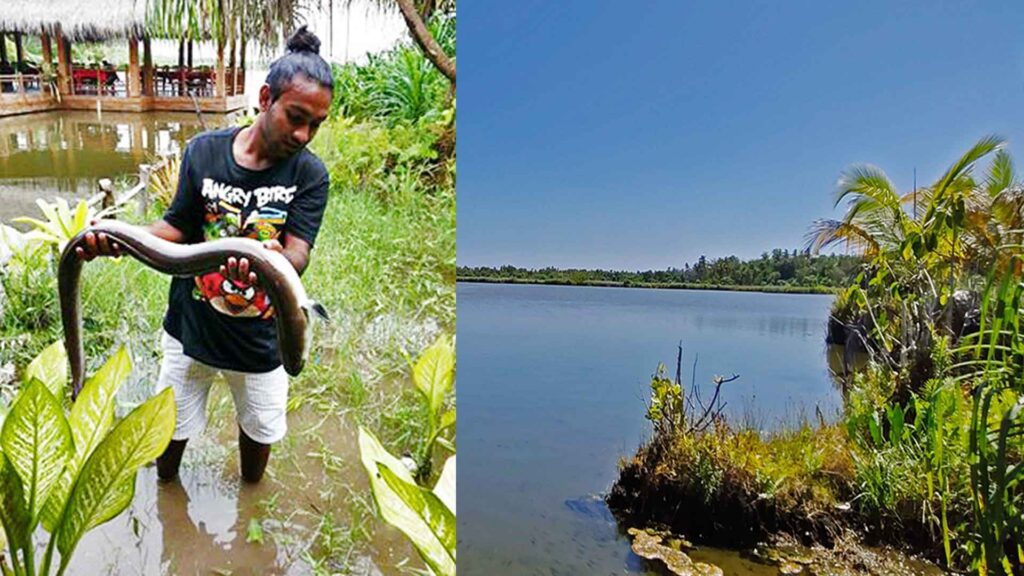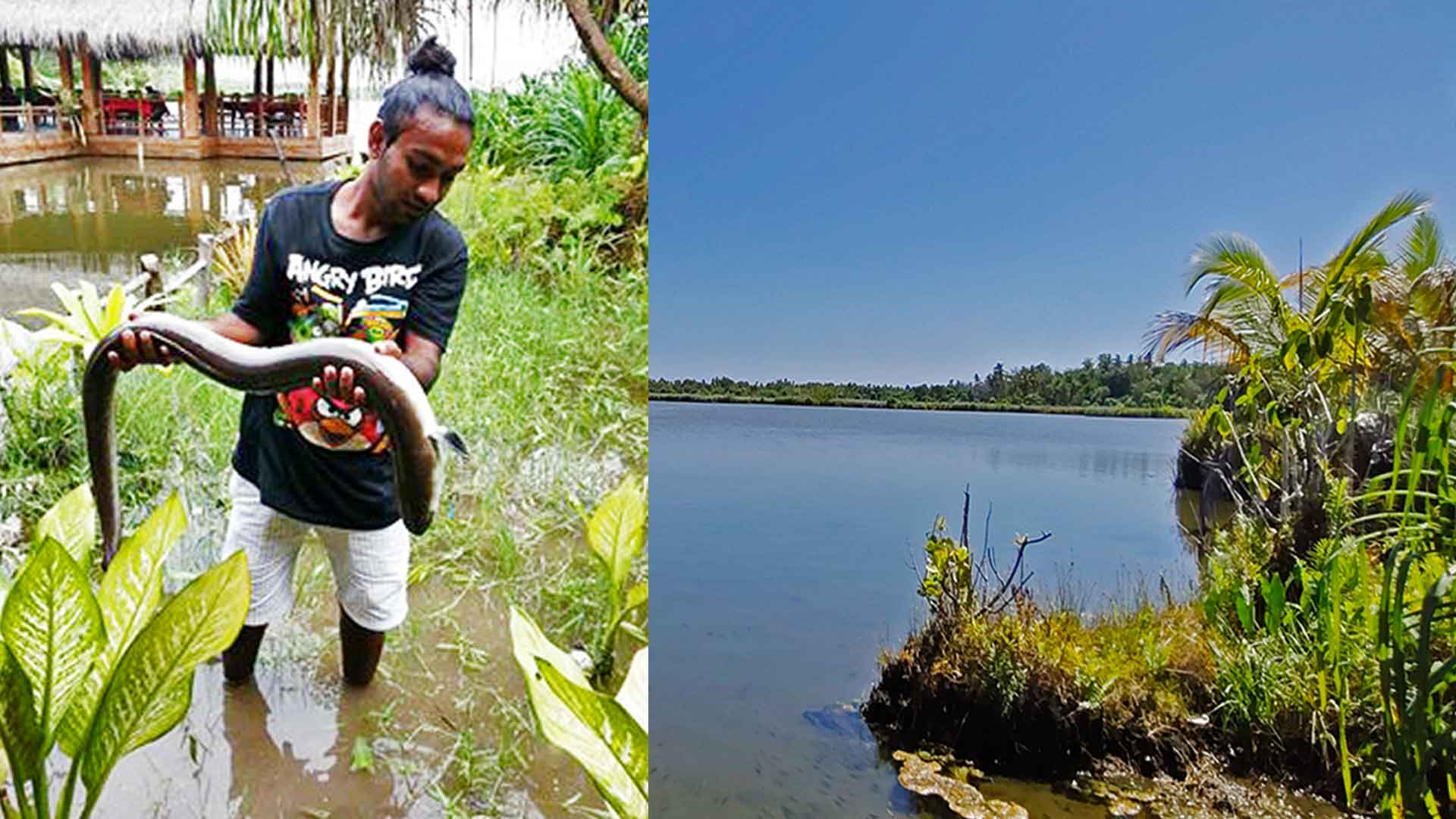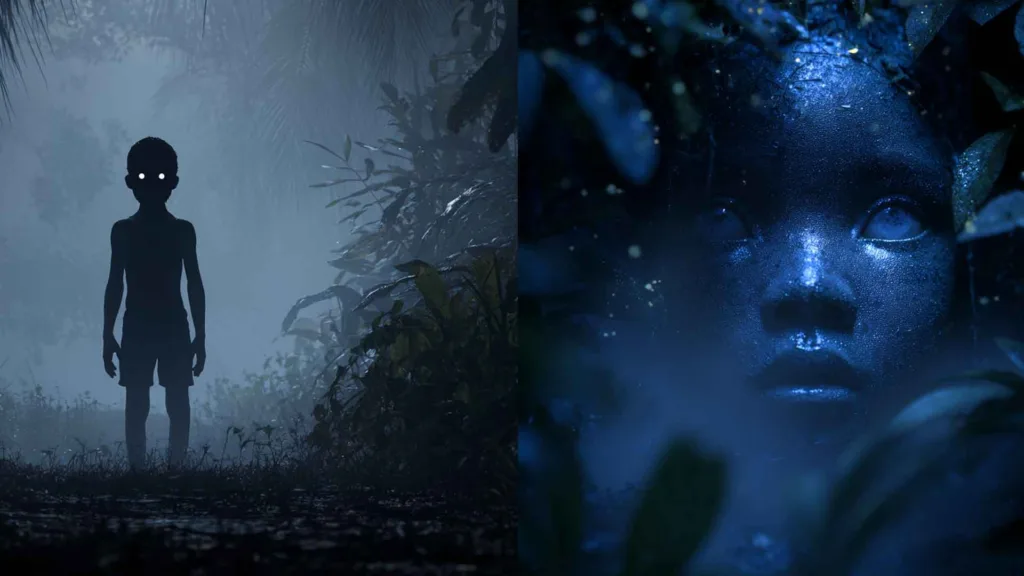
We rarely see koaven or freshwater eels that inhabit our freshwater lakes (kilhi) in Fuvahmulah. We spot them mostly in aaro, the passages (flood tunnels) that have been made in different locations on the island to pass water out of the island during heavy rainfall when the lakes (kilhi) overflow.
People say that these eels don’t bite. But since early days there is a “myth” that these creatures have a “rasp” tongue that licks the limbs such as arm or leg if it comes in contact with a human being. I did a small research to clarify this and found no fact to support this saying. But I was able to know that they have rasping teeth and are jawless. However, if injected into the human body, eel blood is toxic.
The toxin from eel blood serum was used by French physiologist Charles Richet to discover anaphylaxis, a life-threatening allergic reaction. He invented this word. Richet injected the toxin into dogs and observed the effects. The French scientist Charles Richet won his Nobel Prize in 1913, when he discovered anaphylaxis while he was researching the toxin derived from the blood serum of eels.
During experiments, Charles Richet and Paul Portier tried to immunize dogs. And they discovered the immunization effect. The immune serum saved children dying from toxins of deadly pathogens (Daëron, Heyman, Moulin, 2024).
These eels have a fleshy mouth and a large mouth. It may be a creepy species. These stealthy eels normally slither out and retreat back out of sight. They are slippery animals as muscular as a snake. Eels can be hard to spot. They don’t interact with humans. But they can be tamed.
“I just have that ongoing interest and respect for what is really an amazing species … I can’t quite let it go,” Don Jellyman, an emeritus freshwater fisheries scientist at the National Institute of Water and Atmospheric Research in New Zealand, said about these kinds of freshwater eels.
Jellyman has handled “thousands” of eels. He said he had been bitten twice. “It was entirely my own fault—probably plunging my hand in a bucket of eels and sticking my finger down one’s mouth by mistake,” he described the incidents. “Eels have survived the ice age and continental drift; they have been around for 50-plus years—they’ve just hung in there,” Jellyman says. “They are survivors” (Hunt, 2021).




